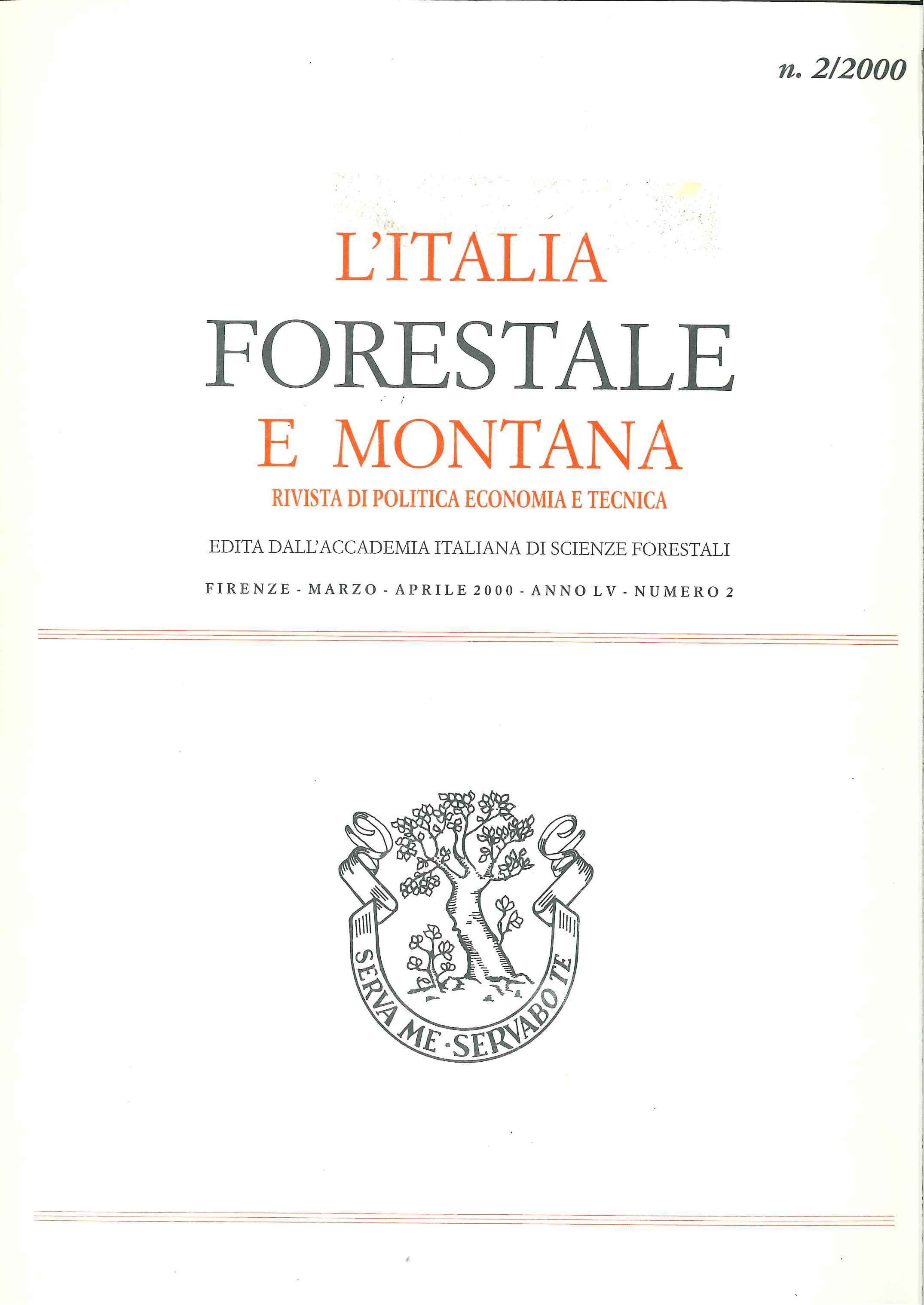The health status of the woods and forest trees of Tuscany (1950-1980) First contribution: analysis
Published 2013-06-10
Copyright (c) 2013 Italian Journal of Forest and Mountain Environments

This work is licensed under a Creative Commons Attribution-NonCommercial 4.0 International License.
Abstract
The authors report on the health situation of the woods and forest trees of Tuscany (1950-2000). The report presents a survey of the parasites present in Tuscan forest environments, following up on the investigations recommended by BIRAGHI (1954), and MORIONDO (1967). The decade 1950-1960 was characterized mainly by 1) reports of new pathogenic fungal micro-organisms; 2) attempts to shed light on the relation between soil pH and pathogen virulence; 3) assessment of the close interaction between prolonged drought or cold and pathogen virulence, and detection of tree susceptibility to parasite attack. Even in this early period the importance of joint action by forest pathologists and forest farmers became evident. During the decade 1961-1970 several epidemic outbreaks of Pine rust occurred, on different pine species, prompting the first epidemiological studies. In addition, new mycetes on Douglasia were reported. Throughout this period, pathologists focused predominantly on study of etiology. The decade 1971-1980 was the period that saw «the terrible pestilence that ravaged elm», caused by the fungal agent Graphium ulmi. Action was also undertaken against the agent of chestnut canker, Cryphonectria parasitica, introducing biological control methods for the first time in Italy, followed by isolation of hypovirulent strains. The manner in which rust agents penetrate into Pine was determined. In-depth studies were conducted on the agent of Cypress canker, Seiridium cardinale. It was found that its biological cycle is well suited to the Mediterranean climate; in addition, the incidence of the disease in Tuscany and the province of Florence was determined, and the elevated susceptibility of the majority of individuals in the Cupressus sempervirens population demonstrated.

